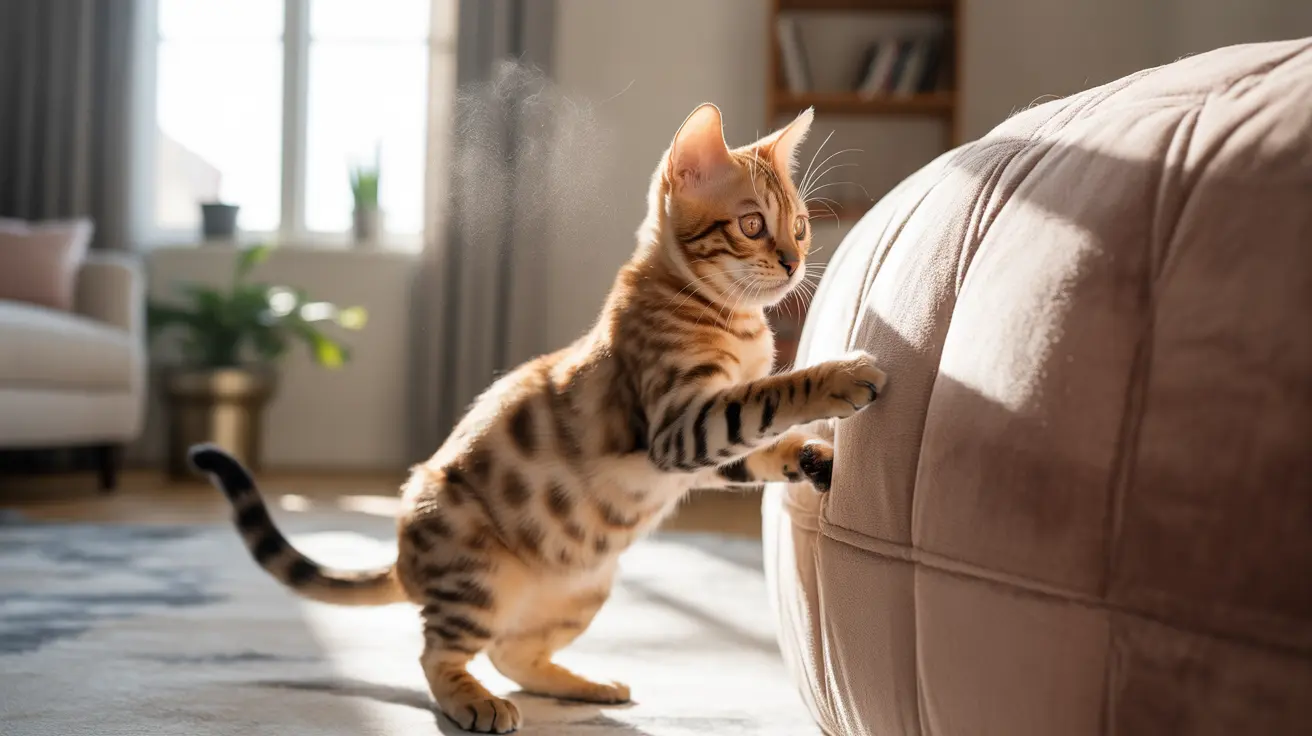Many cat owners have wondered about their feline friend's rapid mood swings - one moment purring contentedly, the next zooming around the house or showing signs of aggression. This behavior often leads to the question: can cats be bipolar? While cats can exhibit behaviors that might seem similar to bipolar disorder in humans, the answer isn't as straightforward as you might think.
In this comprehensive guide, we'll explore the truth about feline mental health, what causes dramatic mood changes in cats, and when these behavioral shifts might signal a need for veterinary attention.
Understanding Feline Behavior vs. Human Mental Health
Unlike humans, cats cannot be diagnosed with bipolar disorder as we understand it in human psychology. Their brains are structured differently, and they process emotions and experiences in ways that don't directly correlate with human mental health conditions.
What we often interpret as "bipolar" behavior in cats is usually part of their natural behavioral patterns or a response to external factors.
Common Causes of Mood Changes in Cats
Medical Conditions
Several health issues can cause behavioral changes that might appear as mood swings:
- Thyroid problems
- Pain or inflammation
- Infections
- Neurological conditions
- Hormonal imbalances
Environmental Factors
Changes in a cat's environment often trigger behavioral shifts:
- New pets or family members
- Moving to a new home
- Changes in routine
- Lack of environmental enrichment
- Stress from nearby animals
Signs That Warrant Veterinary Attention
While cats don't experience bipolar disorder, certain behaviors should prompt a veterinary visit:
- Sudden aggressive behavior
- Extreme lethargy
- Significant changes in appetite
- Excessive vocalization
- Inappropriate elimination
- Self-destructive behavior
Supporting Your Cat's Mental Well-being
To maintain your cat's emotional health:
- Maintain consistent daily routines
- Provide environmental enrichment
- Ensure safe spaces for retreat
- Offer regular play and exercise
- Keep regular veterinary check-ups
Treatment Options for Behavioral Issues
When cats show persistent mood or behavioral changes, various treatment approaches may help:
- Behavioral modification
- Environmental modifications
- Medication (when prescribed by a veterinarian)
- Natural calming aids
- Professional behavioral consultation
Frequently Asked Questions
Can cats actually have bipolar disorder like humans do?
No, cats cannot have bipolar disorder as it's defined in humans. While they may show varying moods and energy levels, these don't constitute the clinical condition of bipolar disorder.
What medical or environmental causes can make a cat's behavior seem bipolar?
Medical causes include thyroid issues, pain, infections, and neurological conditions. Environmental factors include changes in routine, new pets, moving homes, and stress from their surroundings.
How can I tell if my cat's mood swings are normal or a sign of a health problem?
Normal mood changes are usually brief and situational. If changes are sudden, extreme, or prolonged, especially when accompanied by changes in eating, sleeping, or elimination habits, consult a veterinarian.
What are common signs of depression or anxiety in cats that mimic mood disorders?
Signs include withdrawal, excessive sleeping, changes in appetite, poor grooming, inappropriate elimination, excessive vocalization, and destructive behavior.
When should I take my cat to the vet for sudden or dramatic behavior changes?
Seek veterinary care if you notice sudden aggressive behavior, extreme lethargy, significant appetite changes, inappropriate elimination, or any behavioral changes that persist for more than a few days.
Conclusion
While cats can't be diagnosed with bipolar disorder, their mental and emotional health deserves careful attention. Understanding the difference between normal feline behavior and potential health issues is crucial for providing the best care for your cat. If you're concerned about your cat's behavioral changes, always consult with a veterinary professional for proper evaluation and guidance.






